18 Mistakes to Avoid When Cooking with Spices
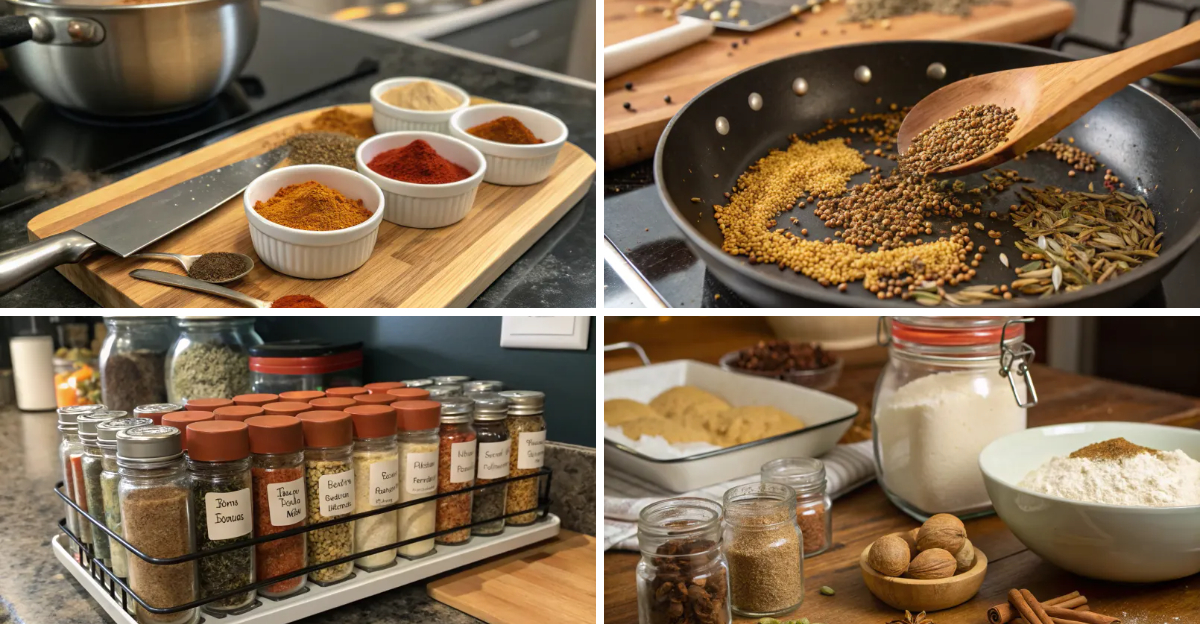
Cooking with spices can transform a meal from bland to extraordinary, but improper use can lead to culinary disasters. This guide highlights common mistakes made by cooks, both novice and experienced, when using spices. It provides practical advice to your spice, ensuring every dish is a delightful experience. Whether you’re experimenting with exotic flavors or sticking to traditional seasonings, these tips will help you avoid common pitfalls and enhance your cooking skills.
1. Confusing Salt with Spice
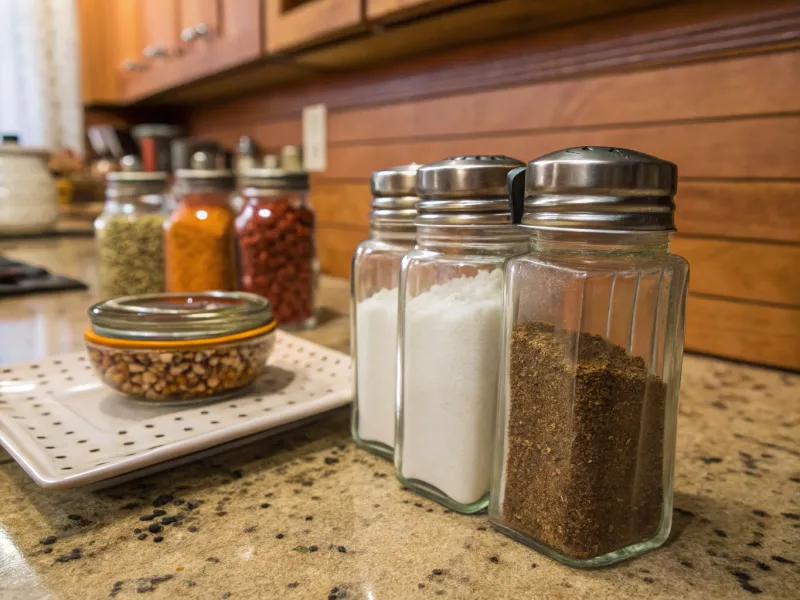
Salt is often mistaken for a spice, but it is actually a mineral. While it enhances flavors, relying solely on salt can lead to bland dishes. Spices add depth and complexity, giving unique flavor profiles. To avoid this mistake, experiment with different spices like cumin, paprika, or coriander to understand their distinct flavors. Gradually incorporate them into your cooking, and taste as you go to adjust the seasoning. Remember, balance is key—too much of any spice can overpower a dish, while too little may not make an impact. Focus on building a spice rack with a variety of choices to enhance your culinary dishes without relying solely on salt.
2. Over-Toasting Spices
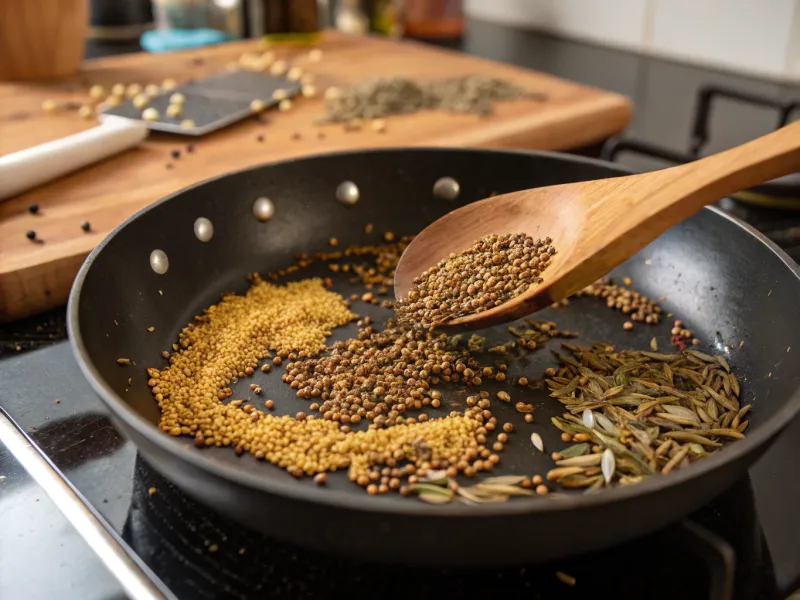
Toasting spices can release their essential oils, enhancing their flavors, but over-toasting can lead to bitterness. Spices like cumin seeds, coriander seeds, or mustard seeds should be toasted lightly until they become fragrant. If you notice a smoky scent, you’ve likely gone too far. To avoid this mistake, keep an eye on the spices, stirring them constantly over medium heat. Remove them from the pan once they start to brown and become aromatic. Practice caution, and don’t multitask while toasting. Properly toasted spices can transform a dish, adding richness and depth, so take the time to toast them correctly.
3. Ignoring Expiry Dates
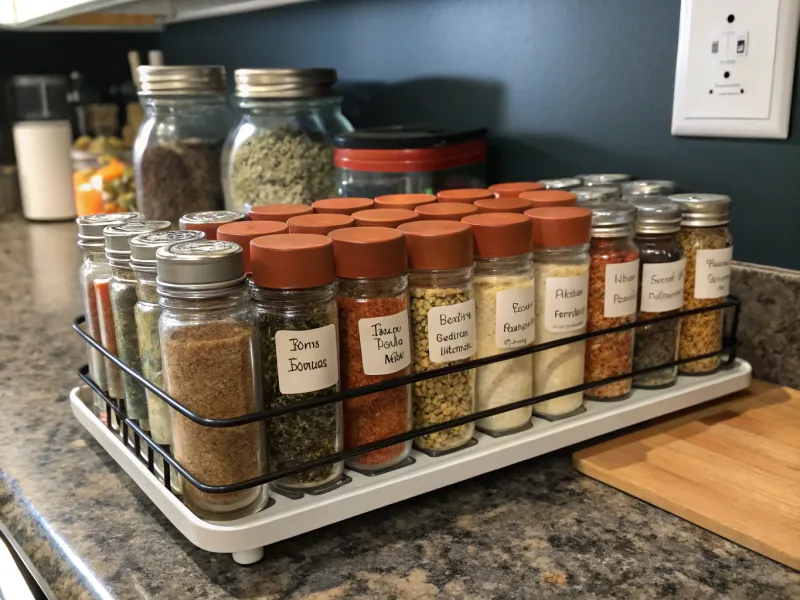
Spices lose their potency over time, which can result in bland, flavorless dishes. Ignoring expiry dates is a common mistake. To maintain their freshness, store spices in airtight containers in a cool, dark place. Check labels regularly and replace spices that have lost their aroma or color. Old spices won’t harm you, but their lack of flavor can diminish the quality of your meals. Keep a rotation system by labeling jars with purchase dates. By doing so, you ensure that your spices enhance, rather than detract from, your dishes. Fresh spices make a significant difference in taste and aroma.
4. Using Pre-Ground Spices
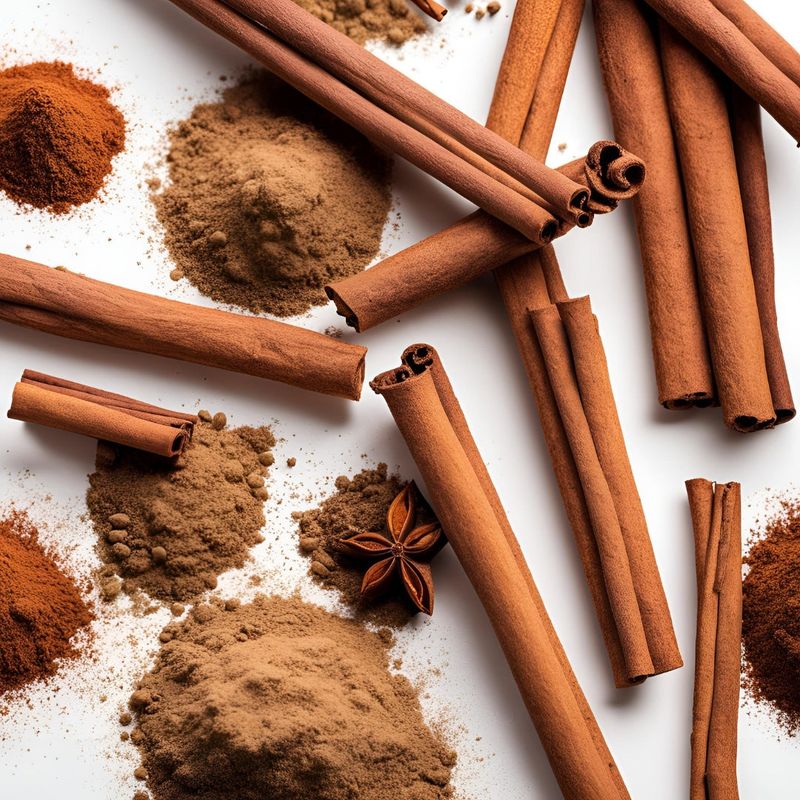
Pre-ground spices are convenient, but they lose flavor faster than whole spices. Grinding spices just before use preserves their essential oils and aromas, making your dishes more flavorful. Invest in a small spice grinder or mortar and pestle for fresh spices. Start with basics like black peppercorns, nutmeg, and cinnamon sticks. Experiment with grinding your own blends to suit your taste. Whole spices also have a longer shelf life, maintaining their potency for many months. This small change can change your cooking, adding a depth of flavor that pre-ground spices can’t match. Freshly ground spices are worth the extra effort.
5. Storing Spices Near Heat

Heat, light, and humidity are enemies of spices, causing them to lose flavor and aroma. Storing spices near heat, such as above the stove, speeds up this degradation. Instead, keep them in a cool, dry place away from direct sunlight. Consider using airtight containers to further preserve their potency. A pantry or dedicated spice drawer is ideal. Organize your spices for easy access, allowing you to quickly find what you need without exposing them to kitchen heat. This simple adjustment ensures your spices remain fresh and effective, enhancing your dishes with their full flavor potential.
6. Overpowering Dishes with Spices
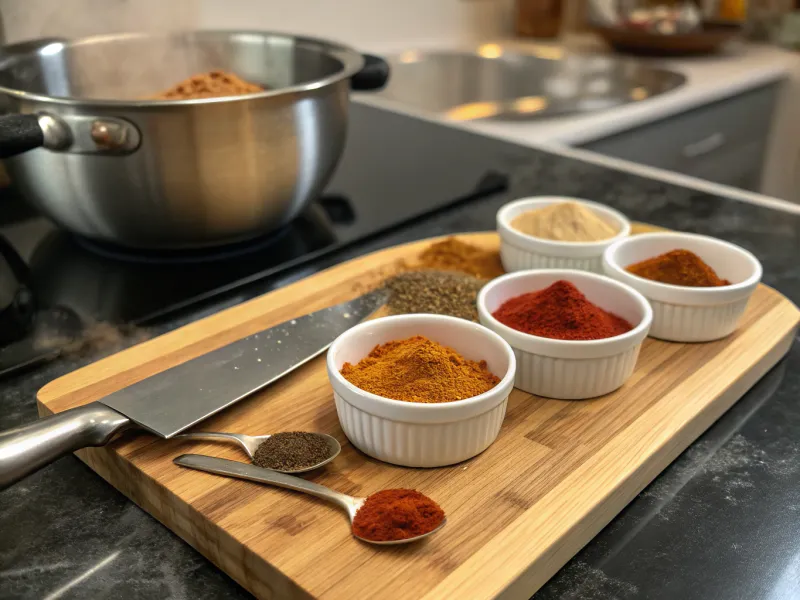
Adding too many spices can overwhelm the palate and obscure the main ingredients’ flavors. It’s crucial to strike a balance, allowing each spice to complement rather than dominate. Start with small amounts and taste frequently, adjusting as needed. Understand the potency of each spice; for example, a pinch of cayenne goes a long way. Blending spices requires finesse, and over-spicing is a common error. Consider the dish’s purpose and desired outcome when adding spices. By being mindful of spice quantities, you can achieve a harmonious balance that enhances your culinary expirience without overpowering them. Less can often be more in spice usage.
7. Forgetting to Bloom Spices
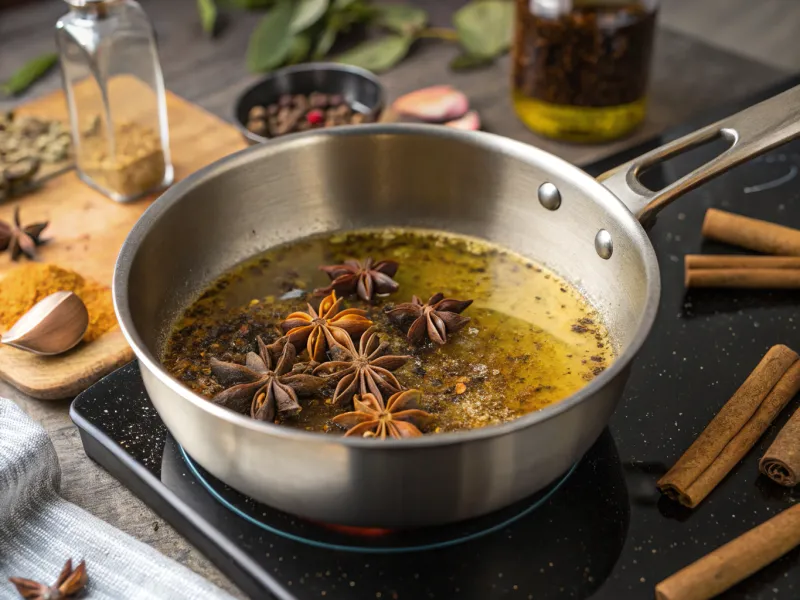
Blooming spices in oil or butter helps release their full flavor profile, a step often overlooked. This technique involves cooking spices briefly in fat before adding other ingredients. It enhances their aroma and taste, making a noticeable difference in the final dish. To bloom spices, heat your cooking oil, add spices like cumin seeds or turmeric, and stir until they sizzle and release their fragrance. Avoid burning by keeping the heat moderate. This simple yet effective method ensures your spices impart maximum flavor to your dishes. Incorporate blooming into your routine to enhance your culinary experiments.
8. Mixing All Spices at Once
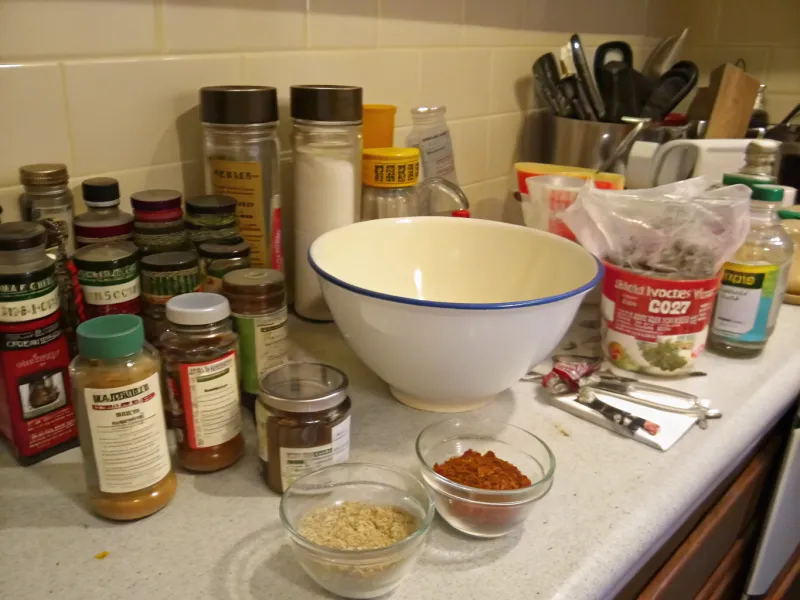
Throwing all spices into a dish at once can result in an unbalanced flavor profile. Each spice has a unique cooking time and release of aroma. To avoid this mistake, add spices at different stages of cooking. Begin with whole spices to infuse the oil, then ground spices as the dish progresses. This staggered approach allows each spice to shine without overwhelming the dish. It requires a bit of patience and practice but results in a more complex and layered flavor. Understanding the timing of spice addition is key to achieving a well-rounded, flavorful meal that sings with aromatic spices.
9. Neglecting Fresh Herbs
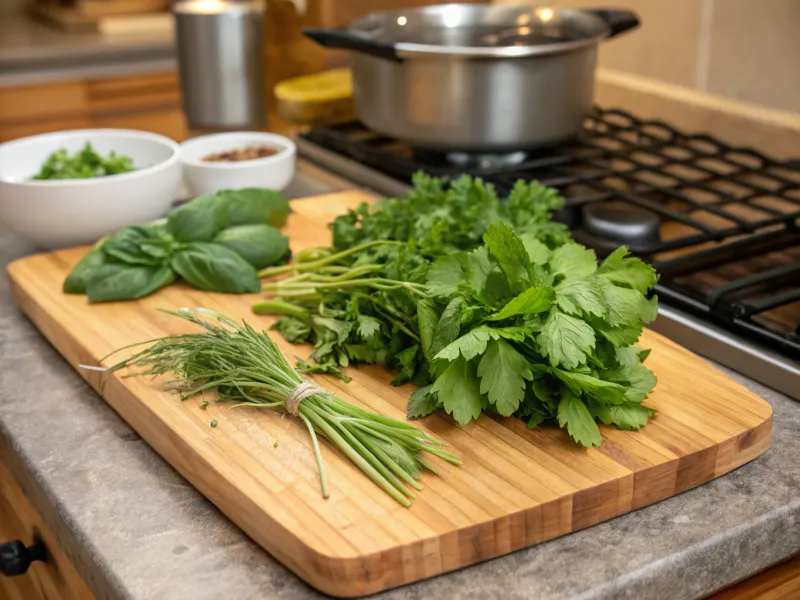
Fresh herbs like cilantro, basil, and parsley can be as impactful as spices, yet they are often neglected. They add brightness and fresh flavor, enhancing the dish’s complexity. To incorporate herbs effectively, add them towards the end of cooking to preserve their delicate flavor. A sprinkle on top of finished dishes can add color and aroma as well. Cultivate a small herb garden at home for fresh, readily available options. This practice not only saves money but also ensures you’re using the freshest ingredients possible. Embrace fresh herbs to complement spices, enhancing your culinary repertoire with flavors.
10. Overlooking Regional Spice Blends
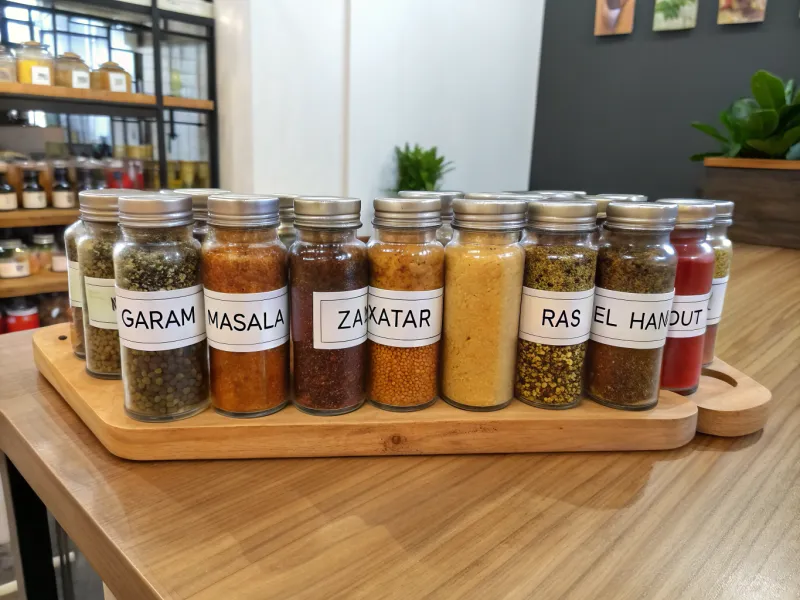
Regional spice blends offer a shortcut to complex flavors. Many cooks overlook these blends, sticking to familiar individual spices. Incorporating blends like garam masala, za’atar, or ras el hanout can transform a dish, offering authentic regional flavors. These blends are crafted to balance each ingredient, providing a harmonious taste experience. Experiment with blends to discover new flavor profiles and expand your culinary horizons. Use them as rubs, in marinades, or as seasoning for vegetables and meats. Embracing regional blends saves time and enhances dishes with rich, diverse tastes, elevating everyday meals to something special.
11. Misjudging Spice Heat Levels
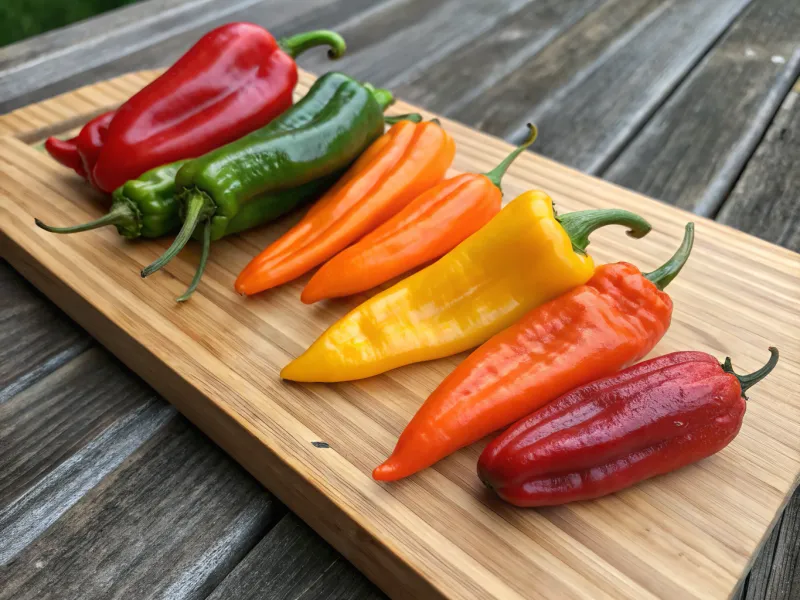
Not all spices are equal in terms of heat. Misjudging spice heat levels can result in dishes that are too mild or unbearably spicy. Understand the Scoville scale to gauge spice heat, especially with chili peppers. Start with a small amount and increase gradually, tasting as you go. Customize heat levels to suit your preference and the dish’s intent. When experimenting with new spices, do a taste test beforehand. Balancing heat with other flavors is crucial for a well-rounded dish. By understanding spice heat, you can control the intensity of your cooking, ensuring pleasurable dining experiences.
12. Not Grinding Toasted Spices
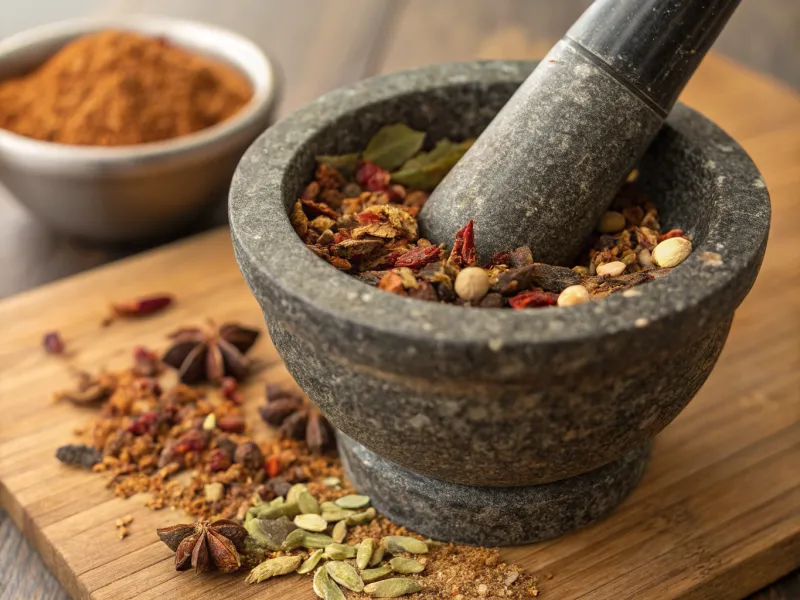
Toasting spices is a great way to enhance their flavors, but not grinding them afterward is a missed opportunity. Whole toasted spices can be too intense or unevenly distributed in a dish. Grinding releases their essential oils, maximizing flavor and aroma. Use a mortar and pestle or spice grinder to achieve the desired consistency. This extra step might seem tedious, but it significantly improves the depth and balance of your dishes. Ground toasted spices integrate better into recipes, providing even seasoning throughout. Taking the time to grind toasted spices ensures every bite is flavorful and satisfying.
13. Skipping Spice Infusions
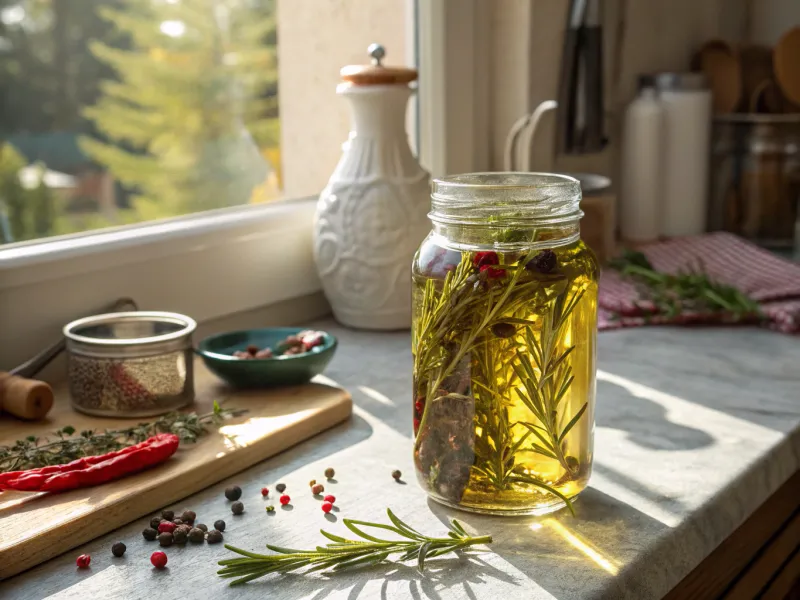
Infusing spices into oils or liquids is an excellent way to impart flavor, but often overlooked. This technique allows spices to mellow and blend, giving a subtle yet complex flavor profile. To infuse spices, gently heat them in oil or liquid, then let them steep for optimal flavor transfer. Use infused oils for cooking or as a finishing touch to dishes. Infusions work well with spices like garlic, rosemary, or chili flakes. The result is a flavorful, aromatic addition to your culinary experience. Don’t skip this simple yet effective method to enhance your dishes with rich, infused flavors.
14. Being Afraid to Experiment
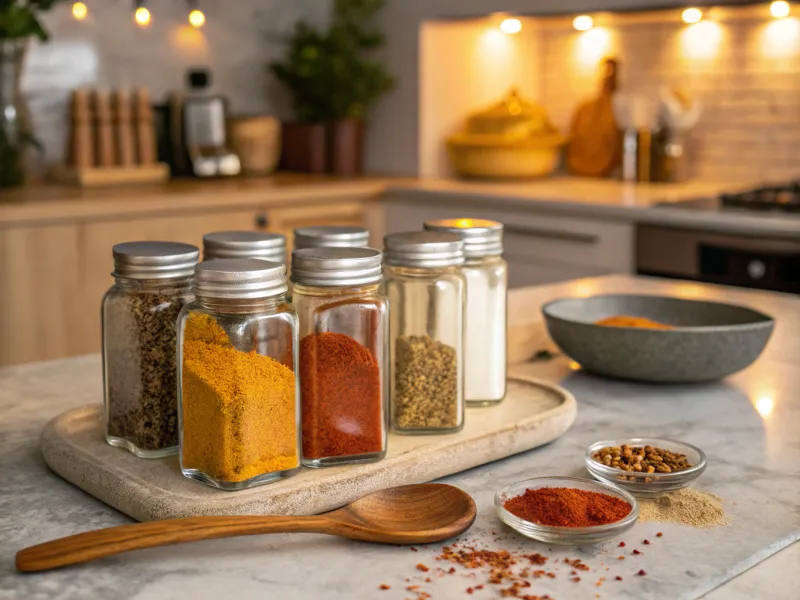
Fear of experimenting with spices can lead to monotonous meals. While some combinations may not work, others can surprise you with delightful flavors. Don’t shy away from trying new spices or blends, even those that seem unconventional. Start by adding small amounts to familiar dishes, observing the results. Adjust as needed to balance flavors. Experimenting expands your palate and enhances creativity in the kitchen. Keep track of successful combinations for future use. By embracing spice experimentation, you open doors to new culinary experiences. Welcome the unexpected and let spices transform your cooking into an adventure.
15. Relying on Recipes Only
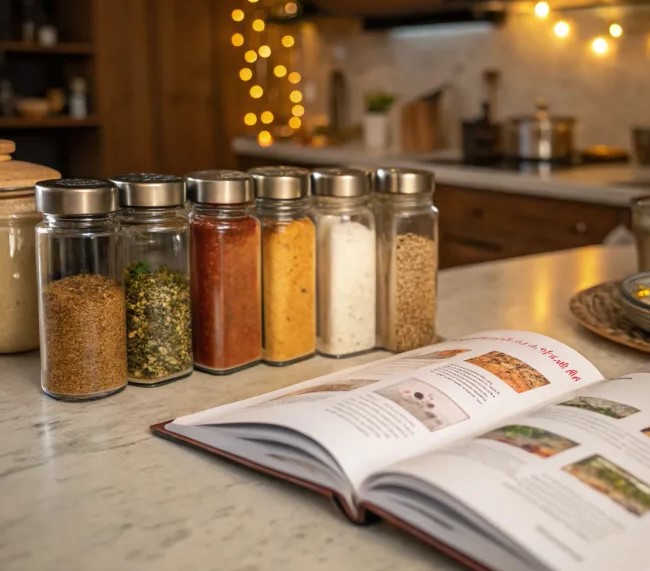
Relying solely on recipes can limit your spice usage and creativity. Recipes provide guidance, but personal taste should drive spice choices. Feel free to adjust spices to suit your preferences and experiment with new combinations. Consider the recipe’s framework, but explore beyond its boundaries. Trust your instincts and taste as you cook. This approach allows you to make personalized dishes that reflect your unique flavor preferences. By moving away from strict adherence to recipes, you can unlock a world of culinary possibilities, making each meal a reflection of your taste journey and spice mastery.
16. Ignoring Spices in Baking
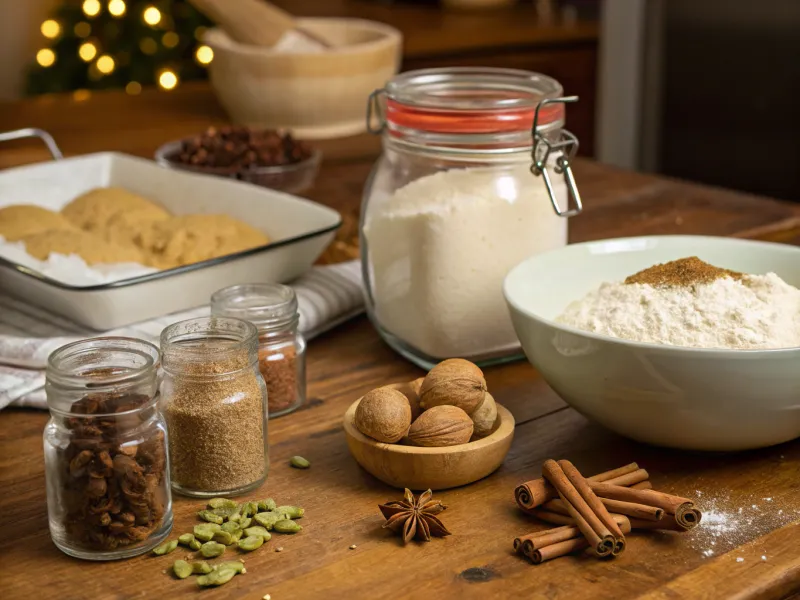
Spices aren’t just for savory dishes. Ignoring them in baking is a missed opportunity to enhance flavors. Incorporating spices like cinnamon, nutmeg, or cardamom can add warmth and complexity to baked dishes. Experiment with different spices to find new flavor profiles for cookies, cakes, and breads. Start with small amounts, adjusting to taste. The right spice can enhance a dessert, adding depth and intrigue. Don’t be afraid to try unconventional spices in your baking experiments. Embrace the possibilities spices offer in sweets, and transform ordinary baked items into extraordinary treats, filled with aromatic warmth and delightful flavors.
17. Forgetting Spice and Fat Compatibility
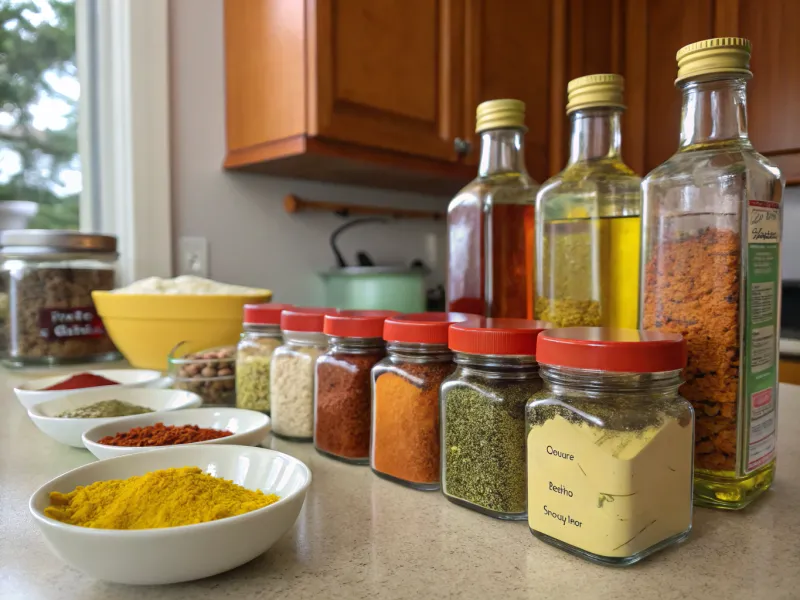
Spices interact differently with various fats, and neglecting this can affect flavor development. Some spices dissolve in oil, while others benefit from butter or ghee. Understanding which fat to use can enhance the spice’s impact. For instance, try cooking garlic in olive oil or toasting cumin in ghee. Experiment with different combinations to find what works best for each spice. This knowledge allows you to highlight spices’ unique qualities, enriching your dishes. By pairing spices with the right fats, you can unlock their full potential of harmonious and flavorful culinary experiences. Explore these pairings for optimal flavor enhancement.
18. Using Too Many New Spices at Once
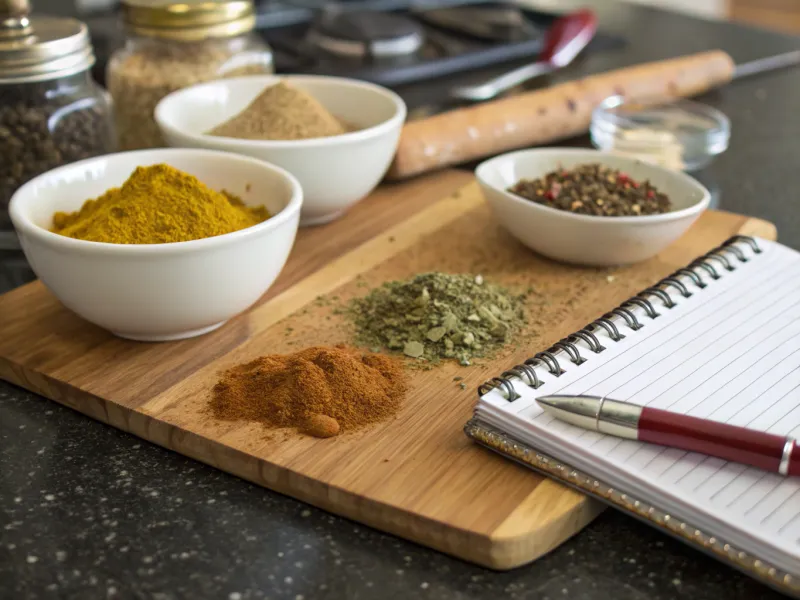
Introducing too many new spices at once can confuse the palate and produce mixed results. Focus on one or two new spices, integrating them into your dishes gradually. This approach allows you to understand their flavors and how they interact with other ingredients. Keep a journal of your experiments, noting successful combinations and adjustments. By taking it slow, you can build a spice repertoire that complements your cooking style. Over time, you’ll gain confidence in using a variety of spices without overwhelming your taste buds. Patience and curiosity will guide you to discovering exciting new flavors.
